Observability's Moneyball Moment: How AI Is Changing the Game (Not Ending It)
We're not witnessing the end of observability, we're witnessing its evolution into something far more powerful.
The observability industry is having its Moneyball moment. Just like Billy Beane revolutionized baseball by using data analytics to compete with teams that had vastly larger budgets, observability is undergoing a fundamental transformation. The old ways, expensive dashboards, manual pipeline configuration, and reactive troubleshooting, are giving way to intelligent, AI-powered systems that democratize insights and amplify human capabilities.
This isn't about replacement. It's about evolution. And the organizations that recognize this shift and adapt quickly will gain a massive competitive advantage.
The Forces Reshaping Observability
Three converging trends are creating this inflection point:
The Data Deluge: Modern applications generate exponentially more complex, multimodal data. Traditional tools assume you can afford to index everything and that data fits neatly into predefined schemas. Those assumptions no longer hold.
Real-Time Imperative: When a payment fails or service degrades, teams need to know instantly. The old model of batch processing and daily reports creates massive lag between data generation and actionable insights.
AI Revolution: AI applications need continuous streams of fresh data, real-time feature engineering, and context preservation across multiple data types, requirements that traditional observability tools weren't designed to handle.
From Dashboards to Conversations
The future of observability looks less like staring at wall-to-wall dashboards and more like having intelligent conversations with your data. Instead of manually building complex queries, teams will ask natural language questions: "Why did our checkout conversion rate drop this morning?" or "Which microservice is causing the latency spike?"
AI copilots will understand application context, service relationships, and business impact. They'll proactively surface insights, suggest optimizations, and predict problems before they occur.
The New Architecture: Pipeline-First Intelligence
The winning architecture moves intelligence closer to the data source rather than processing everything in expensive observability platforms.
Intelligent Telemetry Pipelines like Mezmo's platform exemplify this shift, allowing teams to detect issues and trigger alerts before data even reaches traditional observability tools. This approach provides:
- Cost Optimization: Dramatically reduce expensive data volumes without compromising quality
- Faster Insights: Critical alerts don't wait for data to traverse multiple systems
- Complete Coverage: Analyze entire data streams rather than partial, cost-constrained samples
- Flexible Routing: Intelligently distribute data based on value and urgency
AI-Native Processing embeds intelligence throughout the pipeline:
- Automatic pattern recognition without manual threshold configuration
- Semantic understanding of events for sophisticated correlation
- Predictive insights that enable proactive operations
- Intelligent data reduction that preserves critical signals while filtering noise
Real-World Impact
This transformation changes daily operations across teams:
DevOps teams describe monitoring needs in natural language rather than building complex dashboards. The system automatically creates monitoring logic and continuously refines its understanding.
SRE teams ask comprehensive questions like "What caused the 3 AM database spike?" and receive analysis including technical cause, business impact, historical context, and remediation steps.
Developers understand their code's operational impact without learning complex query languages or infrastructure details.
The Economic Advantage
Traditional observability follows a "collect everything, worry about costs later" approach leading to budget overruns. The new model flips this:
- Pay-per-value pricing aligned with actual insights
- Intelligent data reduction maintaining quality while reducing volume
- Automated configuration reducing operational overhead
- Proactive detection minimizing incident impact
Organizations using intelligent pipelines are seeing log volume reductions exceeding 40%, translating directly to cost savings while improving data quality.
Mezmo's Leadership in This Evolution
At Mezmo, we're not just observing this transformation, we're planning to help lead it. Our approach is intended to amplify human capabilities through intelligent automation.
Our pipeline-first philosophy processes data intelligently before expensive indexing. Mezmo Flow demonstrates AI automating complex decisions, users create volume reduction pipelines in under 15 minutes with one-click optimizations that preserve critical signals.
Our industry-first stateful processing moves intelligence into pipelines themselves, enabling real-time insights from complete data sets rather than partial views in traditional platforms.
The Path Forward
For organizations ready to embrace this evolution:
- Phase 1: Assess current costs and identify high-value automation use cases
- Phase 2: Pilot intelligent pipelines for high-volume data sources
- Phase 3: Expand processing and integrate AI insights into workflows
- Phase 4: Achieve full pipeline-first architecture with proactive capabilities
The Bottom Line
The observability industry is at an inflection point. Companies that adapt quickly will gain enormous advantages: lower costs, faster resolution, better reliability, and more strategic engineering focus.
This isn't about choosing between human expertise and AI, it's about augmented intelligence. The future belongs to organizations combining human creativity with AI's pattern recognition at scale.
The Moneyball moment is here. The question isn't whether this transformation will happen - it's whether you'll lead it or be forced to follow.
Ready to explore how AI-powered observability can transform your operations? Learn more about Mezmo's intelligent telemetry pipeline and see how leading organizations are winning with next-generation observability.

.jpg)

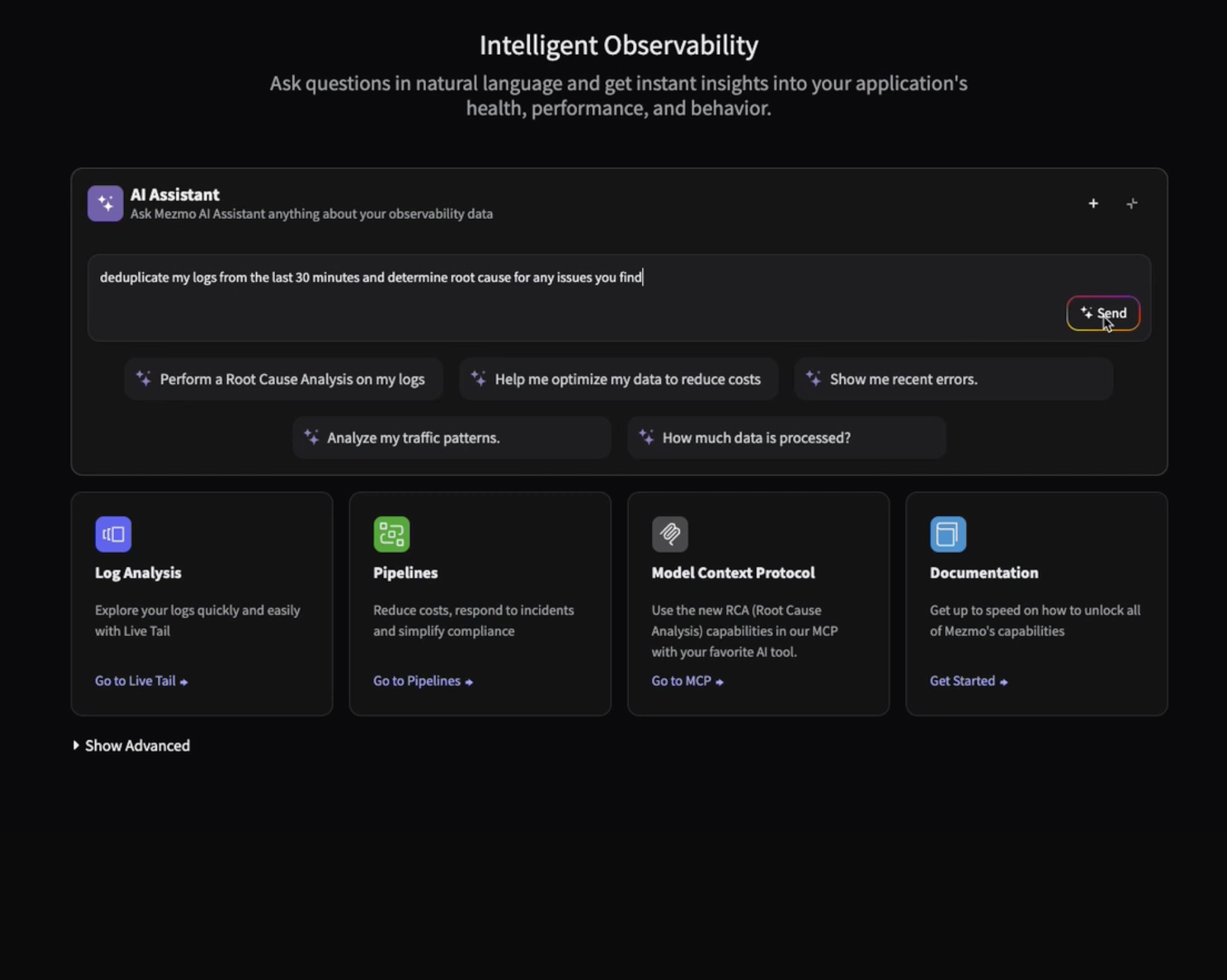
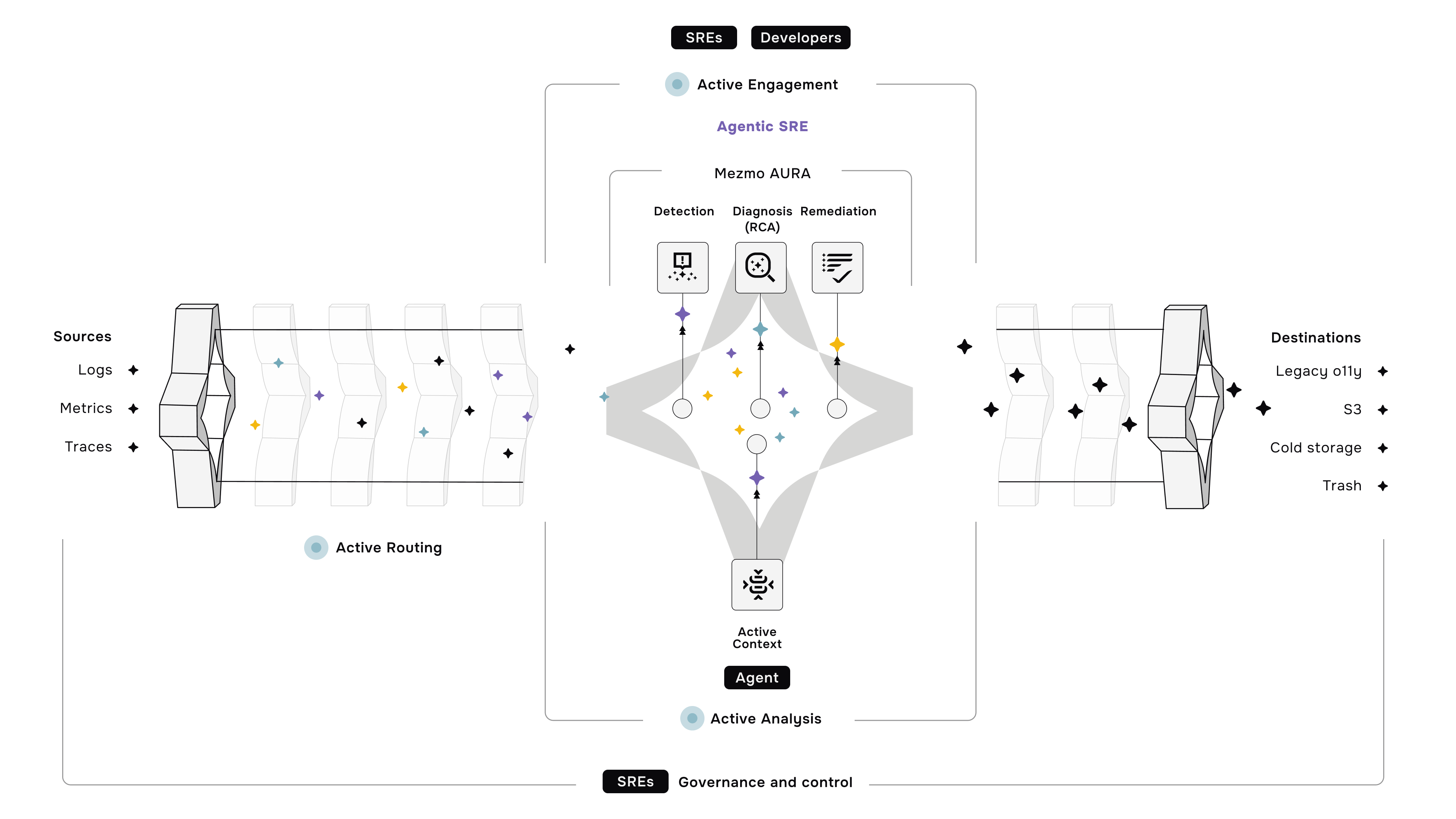
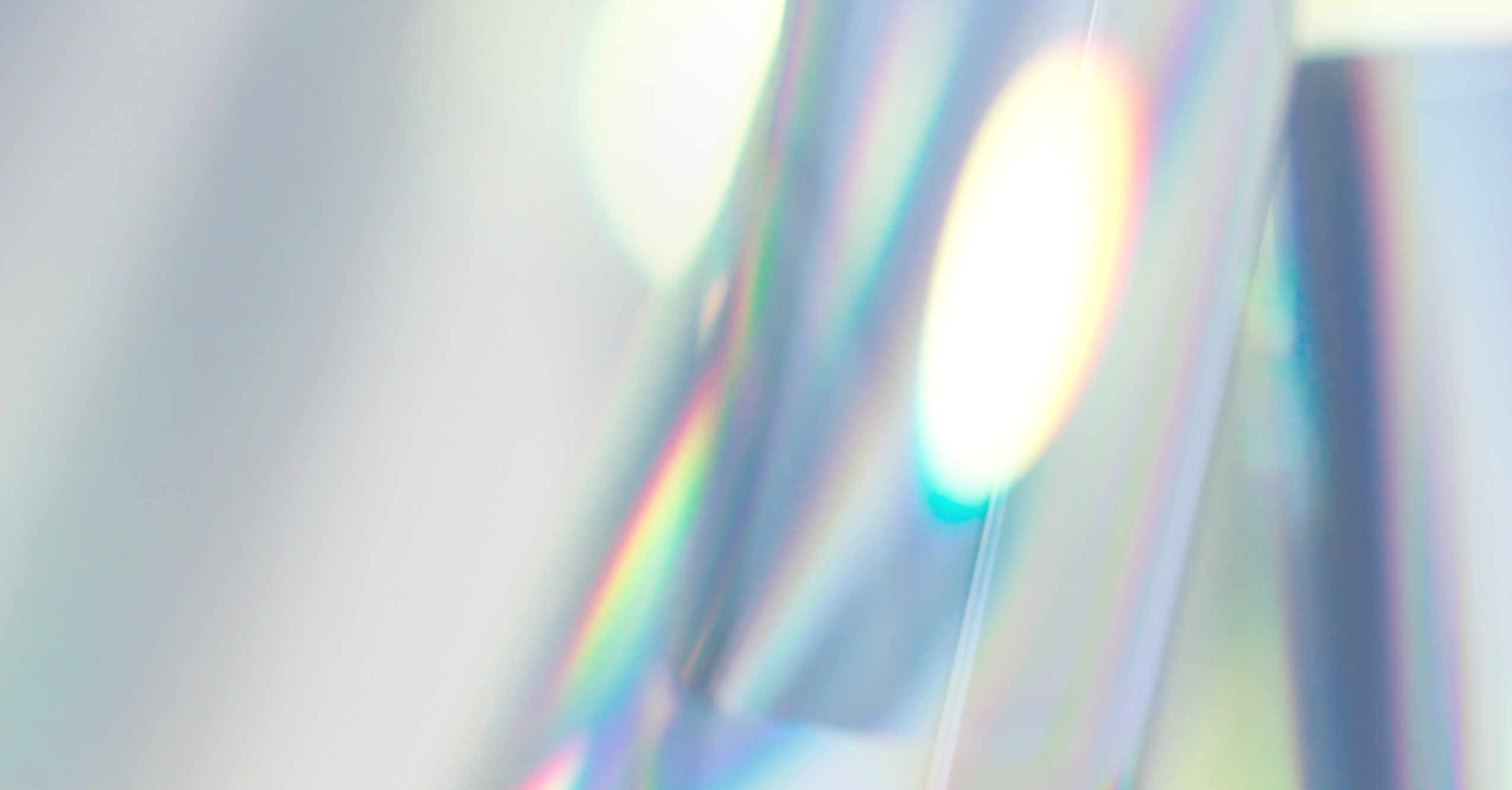



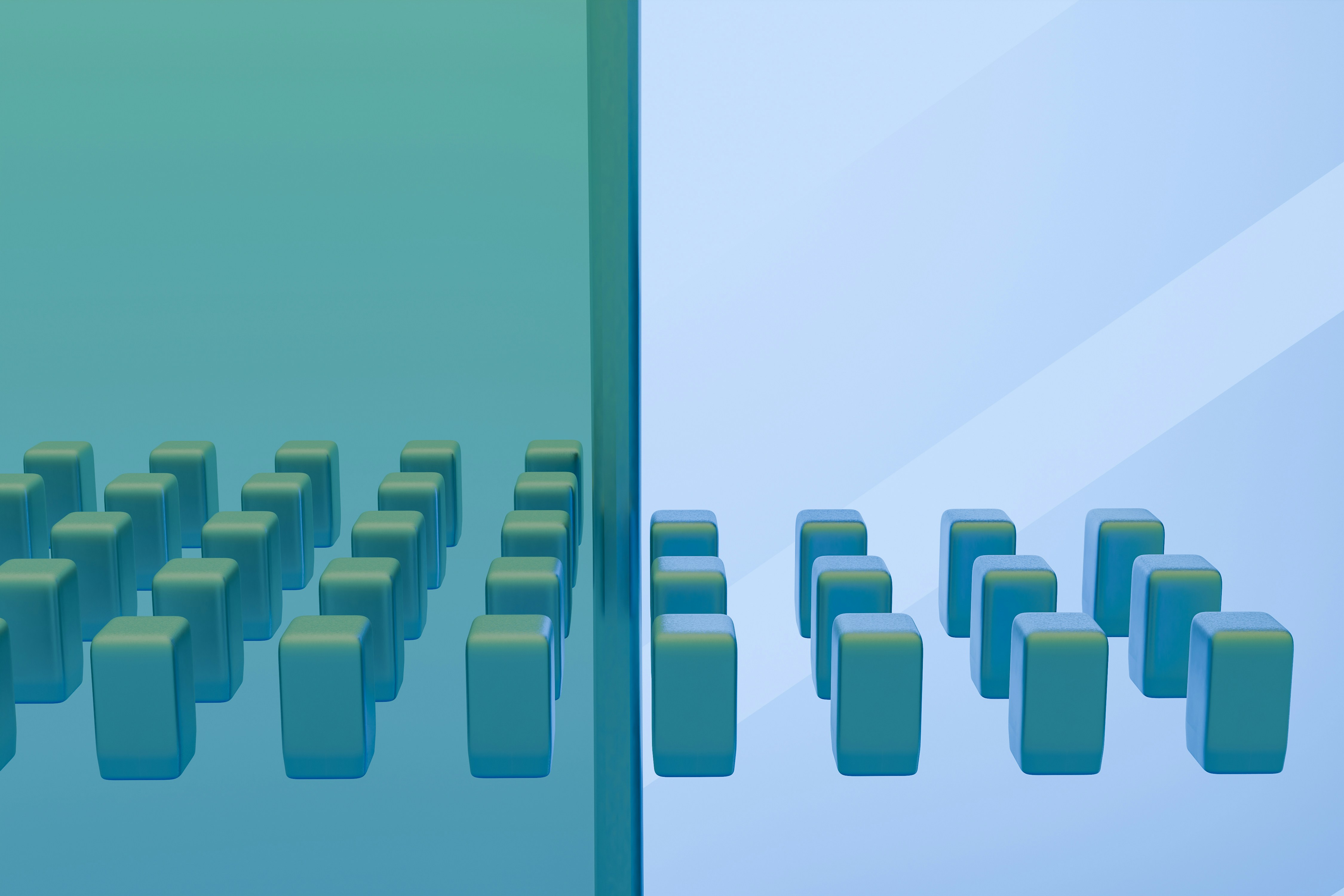
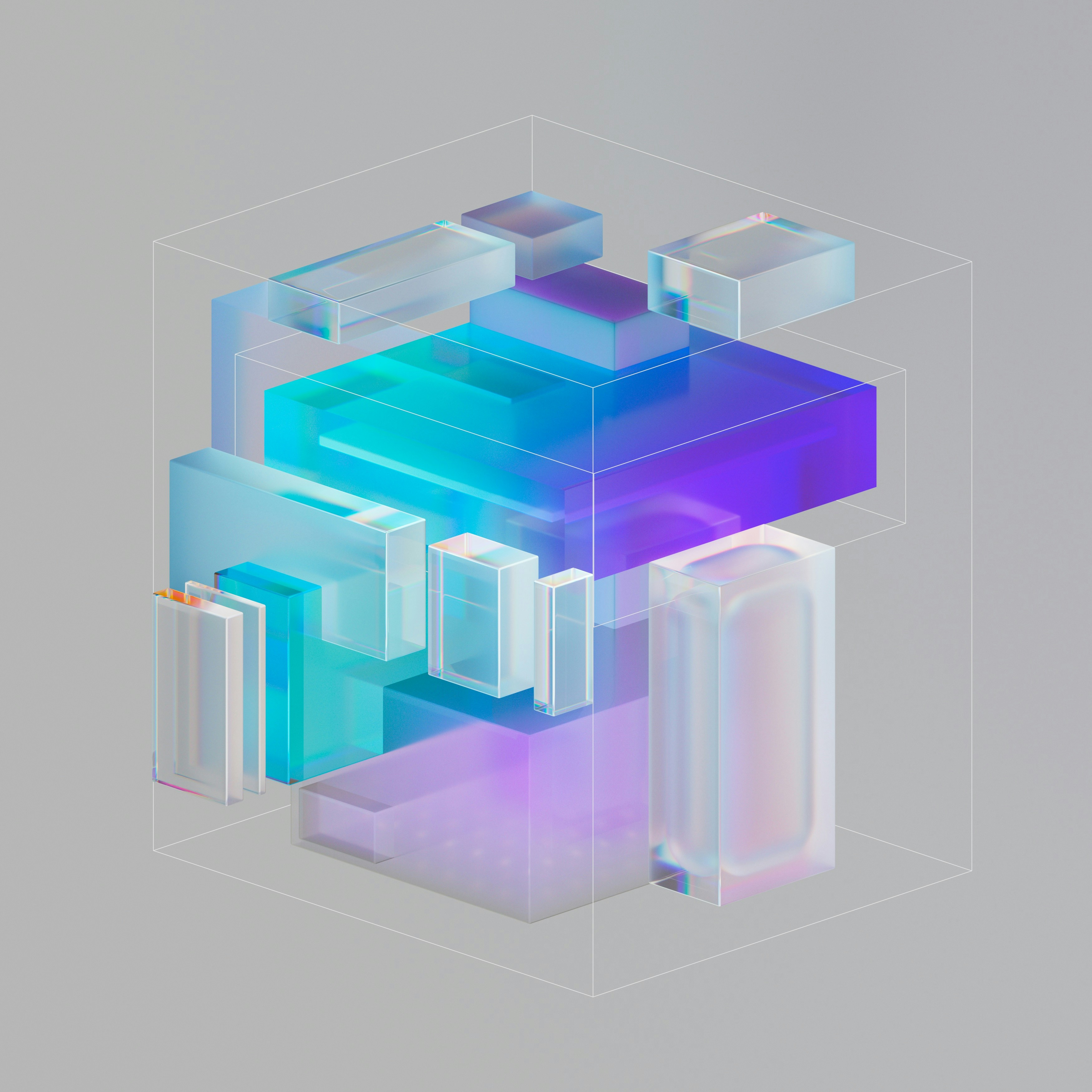



.png)


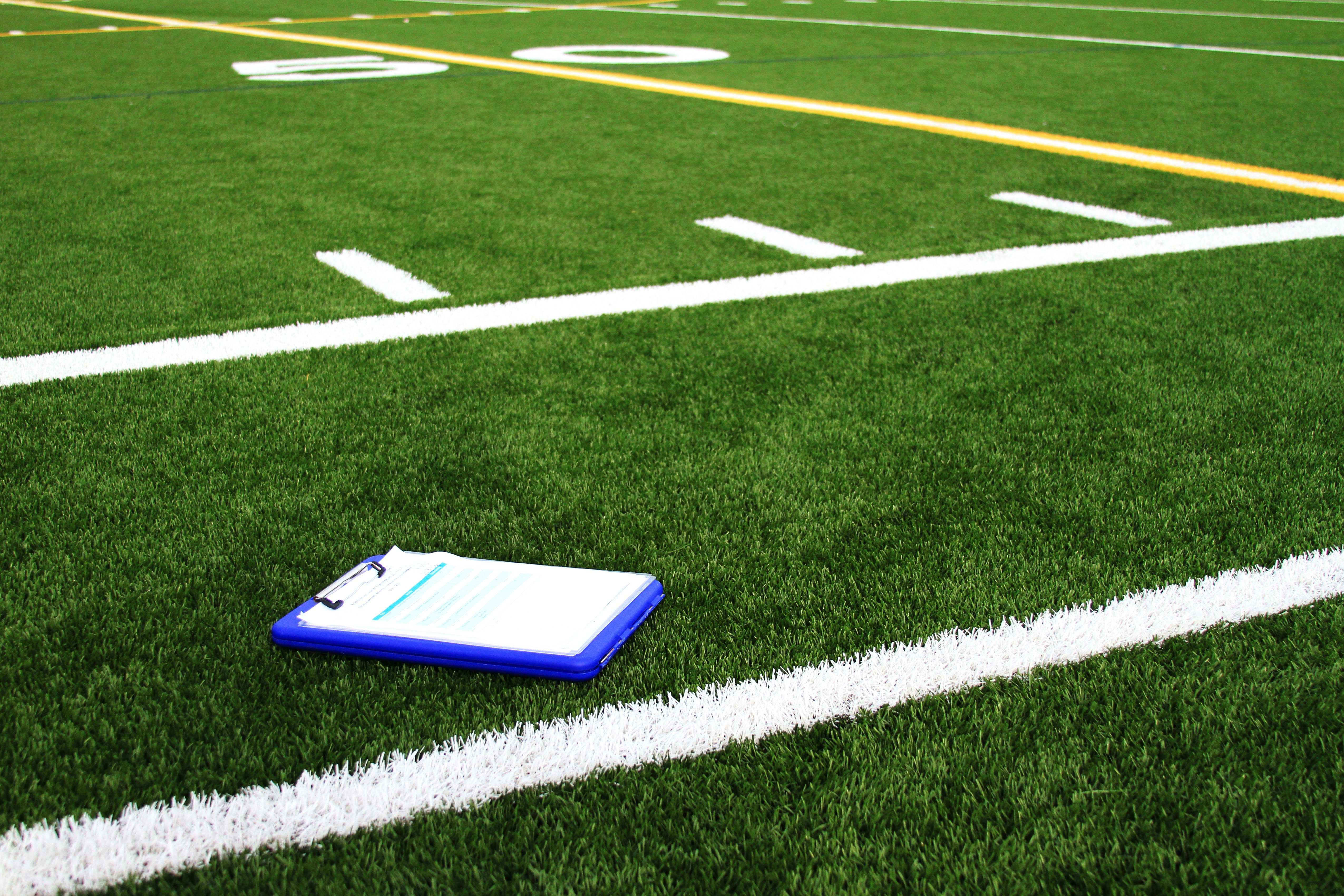
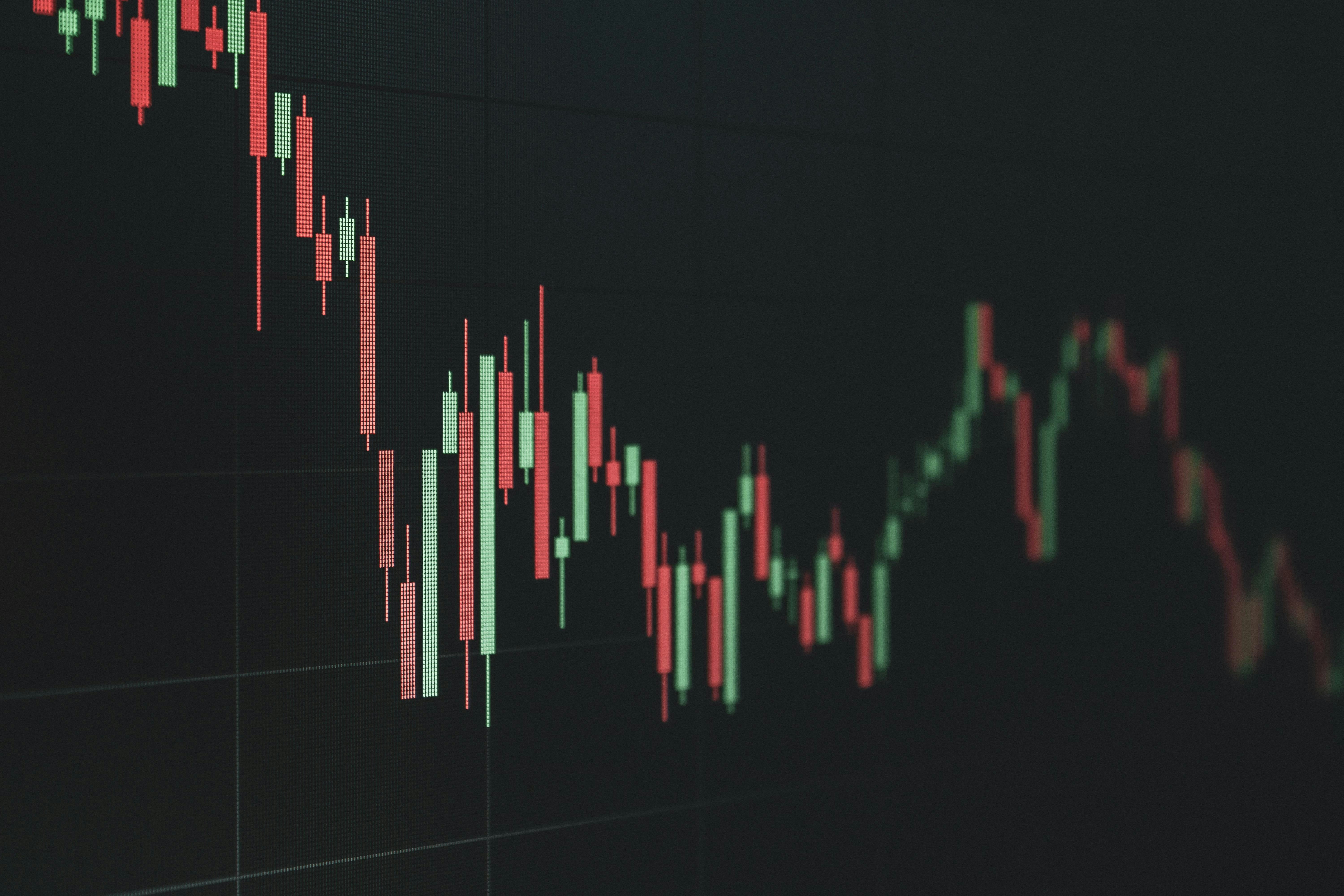




















.png)

































































